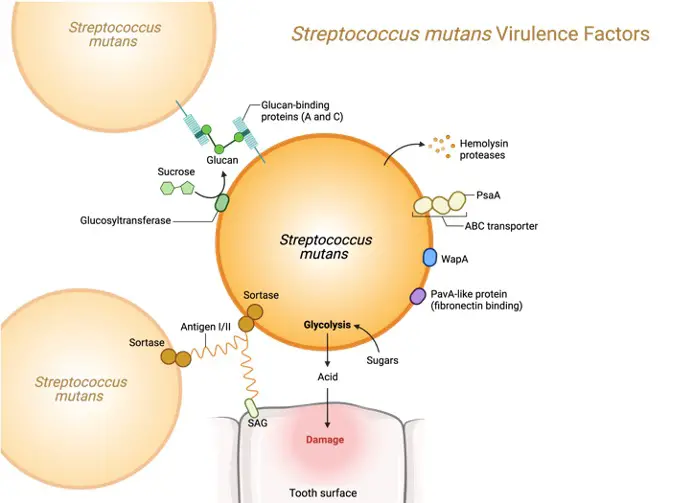Table of Contents
Virulence Definition
The degree to which a pathogenic organism may cause disease is described as virulence in biology. The name virulence comes from the Latin vīrulentus, which means “full of poison” or “toxin.” A similar word, virulent, is a derived term for a disease that is very toxic. Virulency is a synonym for virulence.
Virulence vs Pathogenicity
Pathogenicity and virulence are linked in the sense that their meaning is linked to the appearance of a disease. Pathogenicity, on the other hand, is defined as a pathogen’s capacity to produce disease. A pathogen is an organism that produces illness by causing harm to its host.
The capacity to cause disease is linked to the organism’s intrinsic qualities in order to live inside the host. Virulence, on the other hand, refers to an organism’s level of pathogenicity. A virulent pathogen is one that causes substantially more damage to its host than a non-pathogenic organism.
What is Virulence Factor?
The pathogenicity of pathogenic organisms varies greatly. A strain of bacteria, for example, may be more virulent than other strains of the same species. The so-called virulence factors are frequently linked to a pathogen’s pathogenicity. A virulence factor is a protein that allows an organism to infiltrate and cause illness in its host. It also assesses how much harm has been done to the host. These substances might be secretory, membrane-associated, or cytosolic.

The capacity of microorganisms to grow within their host cells is an example of a virulence factor. These variables are critical to epidemiology in microbiology, especially when following a new pathogenic strain. This is because the strain is frequently extremely virulent, making it more harmful, if not deadly, to its host. The method of entrance into the host, the pathobiological machinery used, and the impact on the host’s immune response are some of the virulence factors studied by researchers.
For example, viral virulence factors are proteins that the infective virus induces to be generated by the host’s own protein machinery. Bacterial virulence factors are proteins that are encoded by their own genes or plasmids acquired by horizontal gene transfer.
The damage may be exacerbated by the host’s overly aggressive immune response, which is activated by the presence of these virulence factors and causes immune cells to harm host cells in an attempt to combat the infection. As a result, these virulence factors are one of the primary targets in medical research aimed at developing novel therapies and vaccines.
Virulence Examples
A virulent virus is the human immunodeficiency virus, or HIV. It is the virus that causes AIDS. It is virulent because it uses methods to avoid being detected by the host’s immune cells. It infects immunological cells such as T-helper cells, for example. As a result, the host’s immunological response has already been weakened and impaired.
The lyssavirus, which causes rabies, is another example. It penetrates muscle cells and hijacks them, then goes to the nervous system via neuromuscular junctions. As a result, it is classified as neurovirulent, or capable of causing illness in the neurological system.
Two human pathogens, Mycobacterium tuberculosis (cause of TB) and Bacillus anthracis, are examples of bacteria (causative agent of anthrax).
Virulence Citations
- Virulence factors of Candida albicans. Trends Microbiol . 2001 Jul;9(7):327-35.
- Xanthomonas diversity, virulence and plant-pathogen interactions. Nat Rev Microbiol . 2020 Aug;18(8):415-427.
- Evolution of bacterial virulence. FEMS Microbiol Rev . 2017 Sep 1;41(5):679-697.
- Figures are created with BioRender.com







